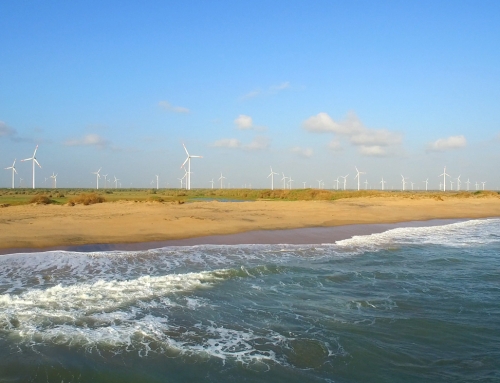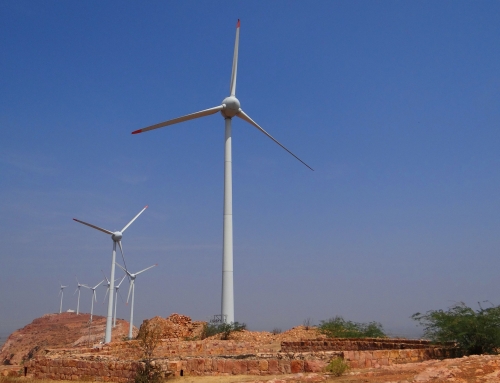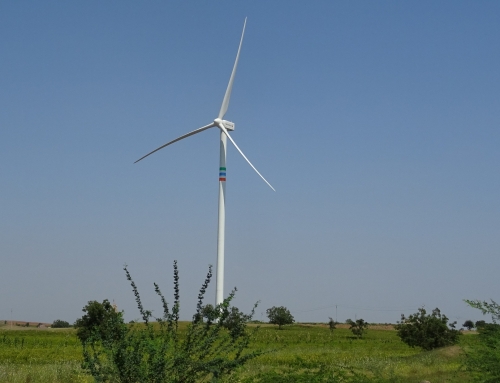In the half year to 30 September Suzlon reported a strong growth in its wind turbine business with promise of more to come. Wind power installations have increased to 0.58GW in H1 2016/17, 29 per cent over H1 2015/16. Suzlon’s business is primarily in India where the summer monsoon restricts the amount of capacity that can be added in H1. Full year added capacity may therefore reach 1.5GW in India alone. At the same time EBITDA margin has increased to 17.2 per cent in the current year, up from 12.7 per cent.
Such strong increases run counter to the perception that, in India, solar is where the action is. India has been installing onshore wind turbines for over 10 years and has already reached half of the government target of 60 GW by 2022, whereas solar has only reached 8GW of its target of 100GW.
That may be so, but wind still needs to install 5GW a year to reach the target, while the forecast for this year is 4.3GB. Thus, still some way to go. Perhaps the real surprise is that wind has overcome the obstacles, such as its slightly higher price than solar and the uncertainty over future wind incentives.
Also, capacity is one thing, actual output is another. In 2015, the actual average wind power produced was only 16 per cent of the capacity in India, whereas it was 24 per cent for onshore wind in Germany and 29 in the UK. This probably reflects the well-known problems of electricity distribution, but may also reflect reports that wind power is lying idle in some states, like Maharashtra, because distribution companies have refused to sign power purchase agreements.
The market is also wary. The stock price, currently at Rs14.6 (17p), has been drifting down from Rs18.0 in July. Much of this doubt can be ascribed to the financials. Nomura Research is quoted as saying “Despite strong results on all parameters we remain concerned on balance sheet issues: namely deterioration in working capital levels and an increase in net debt levels”.
Suzlon says it has been building inventory in anticipation of a strong second half year. However receivables have also increased (all those power companies that don’t pay up?) and behind this is Suzlon’s history: in 2012 it defaulted on US$200million of convertible bonds.
It expects to exit a debt restructuring programme by March 2017 which should lead to lower interest costs. Long-term borrowings are indeed down but short-term borrowings are up, so that thanks to high finance costs there was a loss before exceptional items of £0.8m for H1 2016/17 (£2.4m for FY2015/16).
As Suzlon’s chairman, Tulsi Tanti, says there are still 350 million people living in the dark in India, so the opportunities are there. All Indian wind companies are now looking for markets in lower wind states and in re-powering (upgrading old wind towers to higher capacity) but in both cases government incentives are needed and are not yet clear.
Suzlon is also looking to develop its profitable service segment, and to do more business outside the independent power producers: either directly with industrial consumers or as turnkey projects to be handed over to investors. More efficient turbines and combined wind-solar projects also play a part.
Suzlon’s ambition is to return to the 50 per cent share of the India wind market that they had before their near-death experience. Suzlon is getting closer to that target, but in 2016 the company still has less installed capacity than the market leader, Gamesa.





